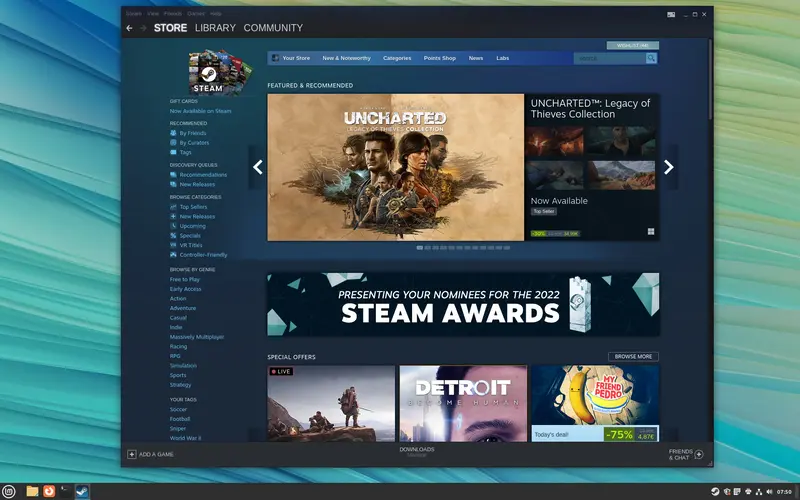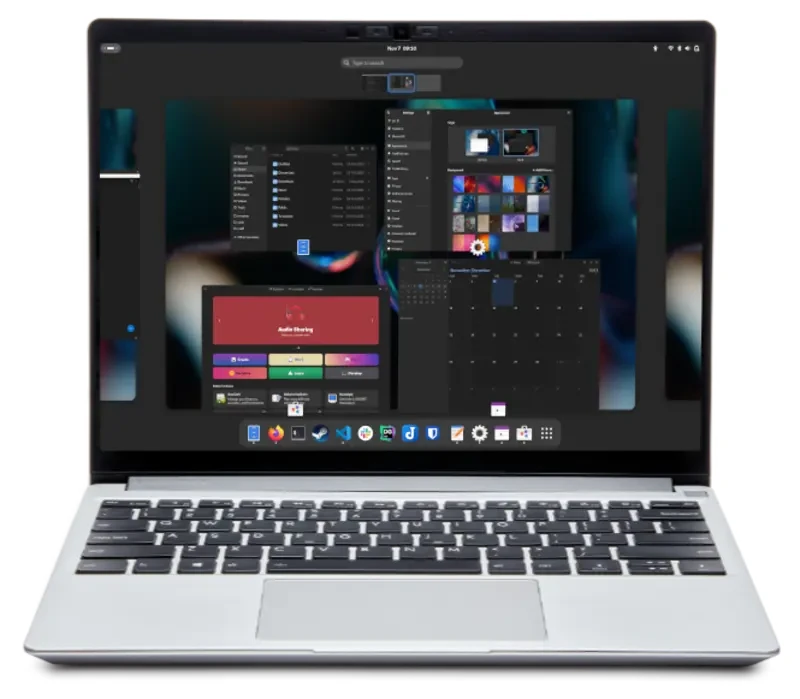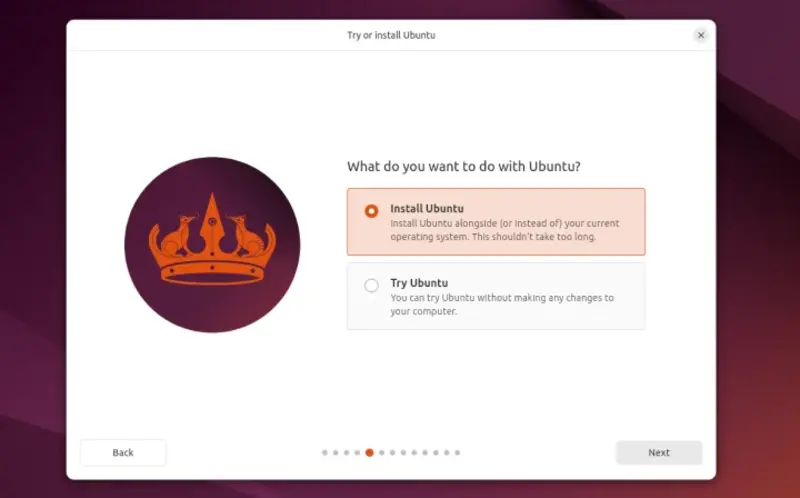
Moving from Windows 10 to Linux
One reason people have used Windows for such a long time is that everything just works. That became an even bigger selling point in 2015 when Microsoft pushed the upgrade from Windows 8 to Windows 10. With Windows 10, it’s basically Windows as a service. No longer would you need to apply updates on your own; Windows would automatically update itself.
In 2021, when Microsoft moved from Windows 10 to Windows 11, as a free upgrade to anyone already running Windows 10. In order for everything to work smoothly on the new Windows version, Microsoft had a pretty strict hardware requirements list. Only systems that met the hardware requirements could upgrade to Windows 11; older computers could only run Windows 10, with regular updates from Microsoft until 2025.
The October 2025 “last update” date is approaching, and Microsoft recently alerted Windows 10 users that time was running out. The email from Microsoft announced “End of support for Windows 10 is approaching” and recommended buying a new computer if your computer could not support the Windows 11 upgrade.
Instead of purchasing a new computer just to run a new version of Windows, this might be the time to explore moving from Windows 10 to Linux. Linux stopped being “for nerds only” many years ago. You don’t need to know how to type esoteric commands just to get things working. It’s time to drop the myth that Windows is the only way.
Linux runs great, even on hardware that Windows would consider “out of date.” For example, David runs Fedora Linux on a 2005 Dell Optiplex GX620 PC, with “only” 4 GB of memory. I use Fedora Linux on a 2012 Lenovo laptop, also with “only” 4 GB of memory, to teach university classes and to use at conferences. These systems run modern software just fine; I use Google Chrome to work on the web, Visual Studio Code as my development environment, and Zoom and Google Meet to attend meetings.
There are lots of popular Linux distributions that can do the same job, and run just fine on older hardware. Here are a few Linux systems that are easy to use:
Fedora

Fedora is a very popular Linux distribution. It has a long history, originally as Red Hat Linux before Red Hat spun off a separate Red Hat Enterprise distribution. As a result, Fedora is very stable and easy to use.
Fedora Workstation (download) is the desktop version of Fedora, which uses GNOME for a modern desktop environment that should be familiar to many Windows users. If you prefer, you can instead use another desktop environment of your choice by downloading a different version of the Fedora distribution that puts a new “spin” on the Fedora experience, like Fedora KDE with the KDE Plasma desktop.
The current version is Fedora 41, and new versions are released about every six months. In fact, Fedora is set to release Fedora 42 in mid April, but you can download and install the beta now.
Ubuntu

Canonical’s Ubuntu is another popular Linux distribution. Derived from Debian Linux, Ubuntu provides an easy to use desktop environment with the GNOME desktop. Installing Ubuntu Desktop (download) gives you a few default applications like the Firefox web browser. You can use the Ubuntu Software app to install other applications.
The current version is Ubuntu 24.10. New versions are released about every six months, although you can install Ubuntu 24.04.2 LTS for a long-term supported version. LTS stands for Long Term Support, which provides five years of security and maintenance updates, or up to twelve years with Ubuntu Pro.
Mint

Linux Mint is a community-developed Linux distribution based on Ubuntu. Mint is aimed only for desktop users, and uses a different desktop environment called Cinnamon. This is based on an earlier version of GNOME that uses a more typical desktop model that Windows users may find easier to learn.
The latest version is Linux Mint 22.1 (download). Like Fedora, Linux Mint also offers alternate desktop versions, such as their Xfce Edition using the Xfce desktop which doesn’t require a ton of memory.